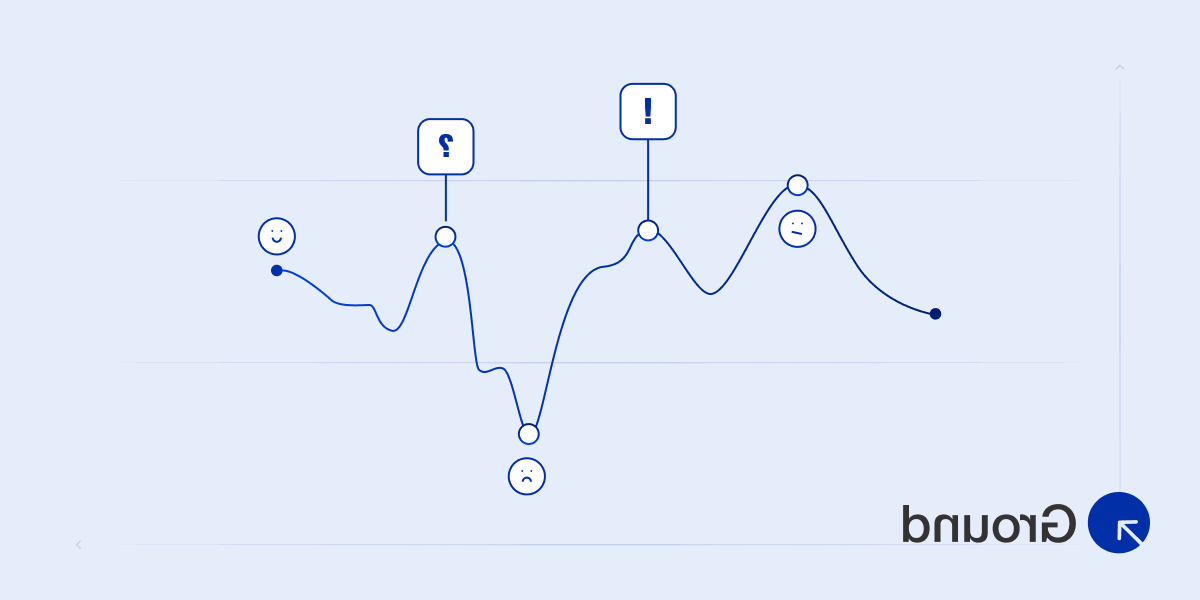
The initial step involves defining clear objectives, whether it’s improving data quality, enabling real-time analytics, or enhancing customer insights. Clear goals guide the entire integration process, ensuring alignment with business needs.
Assessing the current data environment is crucial. This includes evaluating existing data sources, formats, and storage solutions to identify gaps and opportunities for improvement. Choosing the right integration tools is another key step. Look for tools that offer ETL (Extract, Transform, Load) capabilities, real-time data integration, and data mapping features. These tools should be scalable and compatible with existing systems to ensure seamless integration.
Establishing robust data governance policies helps maintain data integrity and security. Designing a flexible data architecture that supports current needs and future growth is essential. The execution phase involves automating data extraction, transformation, and loading processes to minimise manual errors and improve efficiency. Regular testing and validation ensure that data is accurately integrated and meets quality standards.
Continuous monitoring and optimisation are necessary to keep the integration process running smoothly and efficiently. By following these steps, organisations can create an effective approach that enhances decision-making and operational efficiency, ultimately leading to a successful data integration strategy.









